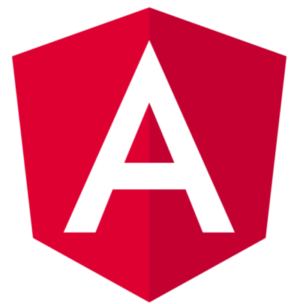In today’s fast-paced world, efficient communication is paramount. What if you could harness the power of a Progressive Web App (PWA) to seamlessly interact with popular messaging platforms like WhatsApp and utilize native messaging capabilities? In this guide, we’ll walk you through creating a lightweight Angular PWA that does just that.
Setting Up Your Angular Project
Before diving in, make sure you have the Angular CLI installed. If not, you can do so by running:
npm install -g @angular/cliWith the Angular CLI in place, create a new Angular project:
ng new whatsapp-messaging-app
cd whatsapp-messaging-appCrafting Your App Components
Let’s start by creating the core components of our PWA. You could design a straightforward interface with buttons to invoke WhatsApp and trigger native messaging on your device.
Embracing the Power of PWAs
Turning your Angular app into a Progressive Web App is a breeze. In your angular.json file, under architect > build > options, set "serviceWorker": true.
The next step involves generating a service worker using the Angular CLI:
ng add @angular/pwaThis command creates a service worker file that lays the foundation for the enhanced user experience that comes with a PWA.
Opening the Doors to WhatsApp
Creating a button that opens WhatsApp is easier than you might think. In your component’s HTML, add a button element:
<button (click)="openWhatsApp()">Open WhatsApp</button>Now, in your component’s TypeScript, implement the openWhatsApp() method:
openWhatsApp() {
window.open('https://wa.me/PHONE_NUMBER', '_blank');
}Replace PHONE_NUMBER with the desired recipient’s phone number (remember to include the country code). With this implementation, a single click opens up a direct line of communication on WhatsApp.
Native Messaging at Your Fingertips
To utilize the device’s native messaging capabilities, leverage the Web Share API. Add another button to your component’s HTML:
<button (click)="shareMessage()">Share Message</button>In your component’s TypeScript, the shareMessage() method can be defined:
shareMessage() {
if (navigator.share) {
navigator.share({
title: 'Share via',
text: 'Check out this awesome app!',
url: window.location.href,
})
.then(() => console.log('Shared successfully'))
.catch((error) => console.error('Error sharing:', error));
} else {
console.log('Web Share API not supported on this browser');
}
}This code empowers users to effortlessly share your app and its content through their device’s native sharing options.
Testing, Deployment, and Beyond
As you finalize your PWA, test it locally to ensure everything functions as expected:
ng serve --prodFor optimal results, host your PWA on a secure server with HTTPS enabled. By doing so, you enable the full potential of your PWA’s capabilities.
Empowering Users with Your PWA
Once deployed, users can easily add your PWA to their device’s home screen, granting them quick access to your innovative communication tool.
Remember to always provide a seamless user experience and handle permissions thoughtfully, especially when interfacing with external apps like WhatsApp.
In Closing
By following these steps, you’ve transformed an Angular app into a lightweight PWA that wields the power of invoking WhatsApp and native messaging. Embrace the potential of this innovative solution and open the door to a new level of communication efficiency.
Ready to create your own PWA and revolutionize how we interact with messaging platforms? Dive in and empower your users with seamless and efficient communication.
